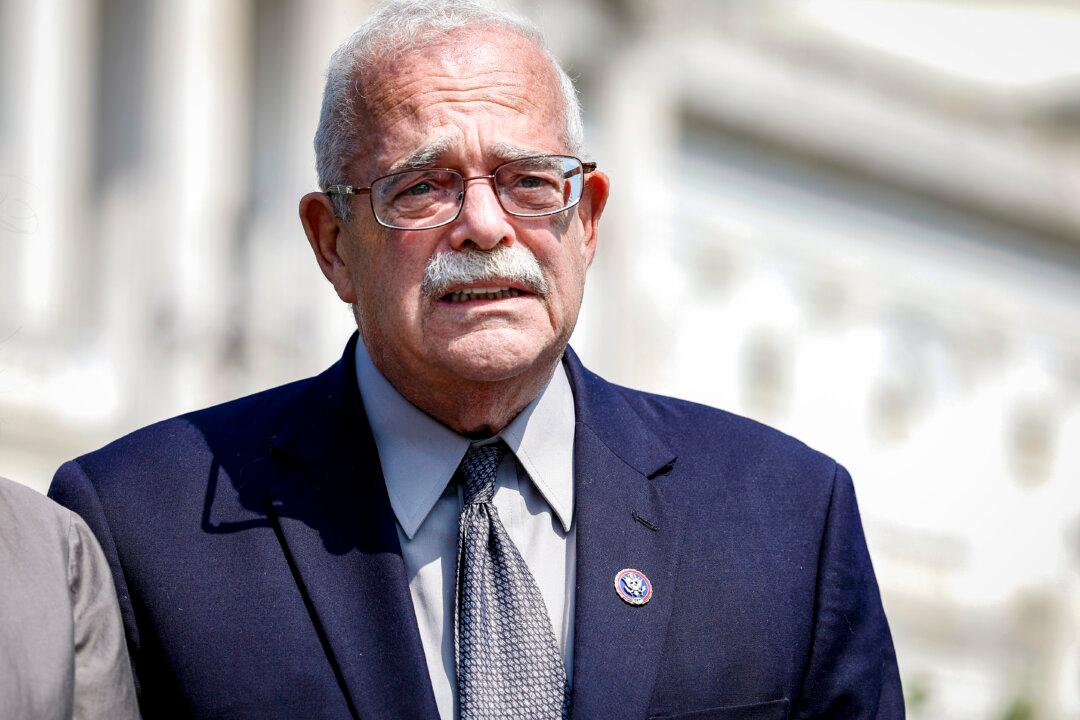The Biden administration has announced that it will funnel $1.3 billion toward creating three electrical transmission lines across six states to bolster the power grid in support of a national conversion to clean energy.
The lines will run from Nevada to Utah, from Arizona to New Mexico, and through New Hampshire and Vermont, and up into Canada.





